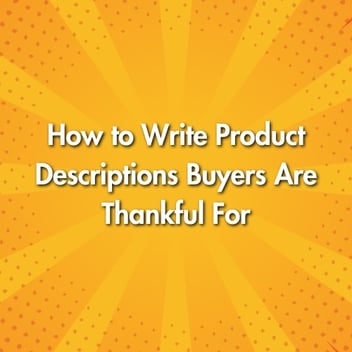Making money at your garage sale starts with smart inventory selection. While it's tempting to put everything out for sale, being strategic about your offerings can maximize profits and minimize wasted effort. Let's explore how to sort through your items effectively.
High-demand Categories
Tap the Breaks on Selling These Items
How to Organize Inventory
High-demand Categories
Start with the high-demand categories. Kitchen items, tools, and small appliances in working condition consistently attract buyers. Vintage kitchenware, especially cast iron or Pyrex, can be particularly valuable. Power tools and garden equipment also tend to sell quickly, especially if priced reasonably and in good working order.
Children's items are another reliable seller. Gently used toys, books, and clothes can find new homes quickly, especially if they're from popular brands or recent releases. However, be selective – items with missing pieces or excessive wear should be discarded rather than sold.
Furniture can be profitable but needs careful consideration. Solid wood pieces, especially those with classic designs, typically sell well. However, particleboard furniture or dated styles might be better donated. Consider the effort required to move and display larger pieces against their potential return.
Electronics require special attention. While functioning smartphones, tablets, and gaming systems can command good prices, outdated technology rarely sells. As a rule, if the device is more than 5-7 years old and isn't considered vintage, it probably won't attract buyers. If you have a box of unwanted electronics, your city may have recycling events where they will accept those items and dispose of them appropriately. Additionally, Goodwill also has some locations that only accept electronics.
Clothing can be hit or miss. Focus on current styles, brand names, and seasonal items. Remove anything with stains, tears, or significant wear. Organize by size and gender to make shopping easier. Designer labels and new items with tags typically generate the most interest.
Tap the Breaks on Selling These Items
Now, let's address what to keep. Family heirlooms and items with significant sentimental value should stay off the sale table. This includes photographs, personal documents, and meaningful gifts. If you're unsure about an item, set it aside for 24 hours before deciding.
Valuable collectibles deserve careful research before pricing for a garage sale. Items like coins, stamps, sports memorabilia, or antiques might be better sold through specialty dealers or online marketplaces where knowledgeable buyers will pay appropriate prices.
Consider keeping practical items you use seasonally. Holiday decorations, camping gear, and seasonal sports equipment often get purged in cleaning sprees, only to be repurchased later at full price. Keep items you use at least once a year.
Essential tools and household maintenance items should also stay. Keep a basic tool kit, cleaning supplies, and emergency preparation items. Having to rebuy these basics usually costs more than any garage sale profits would justify.
How to Organize Inventory
When sorting, create three distinct piles: sell, keep, and donate/dispose. Be honest about each item's condition and likelihood of selling. Items that are broken, heavily worn, or outdated should go to disposal. Good-quality items that aren't garage sale appropriate can be donated to local charities. Did you know you can take old but clean towels to your local animal shelter? They are used for animal bedding.
Remember that a successful garage sale isn't just about making money – it's about efficiently clearing out unwanted items while ensuring they find new homes where they'll be appreciated. Take time to clean and repair items worth selling, and price them fairly based on condition and market value.
By carefully curating your garage sale inventory, you'll create an attractive selection that draws buyers and moves quickly. This targeted approach not only increases your profits but also makes the entire sale process more manageable and enjoyable. Plus, you'll feel confident knowing you've made smart decisions about what to keep and what to sell.






